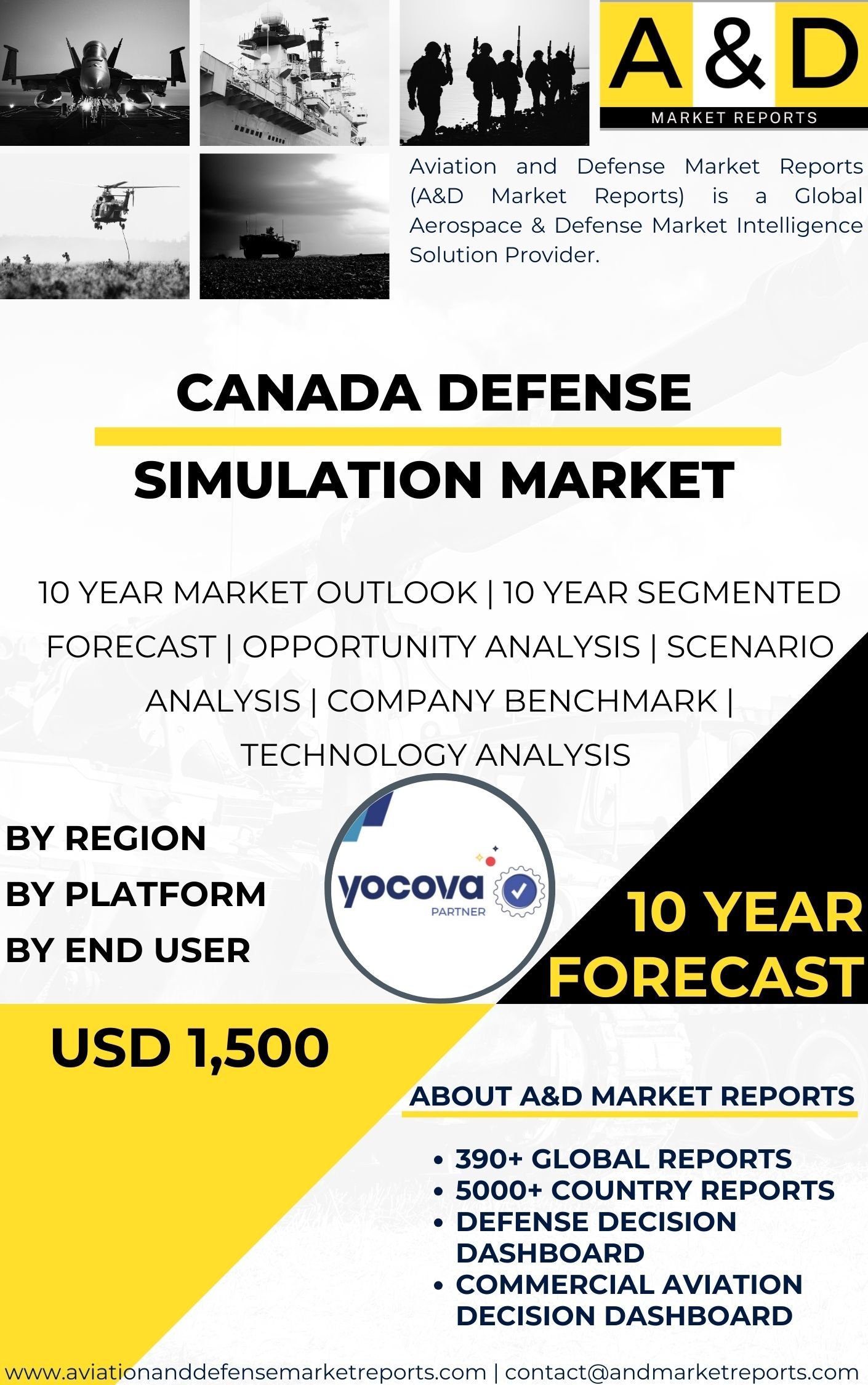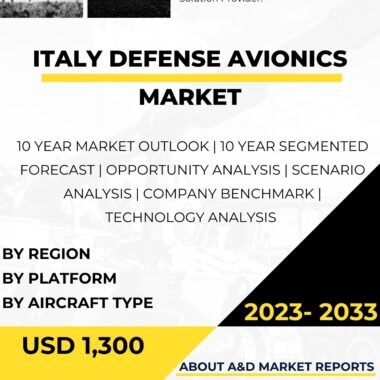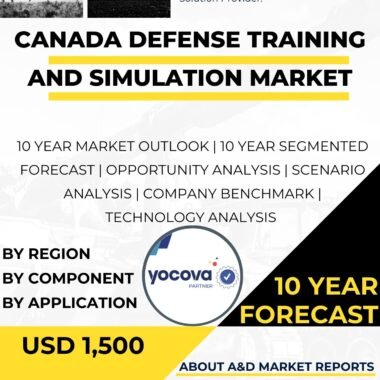Description
Simulation plays a crucial role in Canada’s defense industry, offering a valuable and cost-effective means of training, testing, and analyzing various military scenarios and systems. As technology continues to advance rapidly, simulation has become an indispensable tool for the Canadian Armed Forces (CAF) to enhance readiness, improve decision-making, and optimize the performance of military operations. The use of simulation spans across a wide range of defense applications, including training military personnel, testing equipment and strategies, conducting virtual exercises, and analyzing complex scenarios in a safe and controlled environment.
One of the primary applications of simulation in Canada’s defense industry is in military training. Simulation-based training provides a safe and realistic environment for personnel to practice tactical skills, decision-making, and coordination without the risks associated with live exercises. Simulators for various platforms, including aircraft, ground vehicles, and maritime vessels, enable trainees to experience real-life scenarios and emergency situations, preparing them to handle complex and challenging operational environments.
Flight simulators, in particular, are extensively used in the training of military pilots. These simulators replicate the cockpit environment and flight dynamics of aircraft, allowing pilots to practice maneuvers, flight procedures, and emergency scenarios without the need for costly live flight hours. Flight simulation is a cost-effective way to maintain pilot proficiency, improve skills, and assess performance in a safe and controlled setting.
Ground vehicle simulators provide similar benefits to military drivers and operators. Trainees can practice driving in various terrains, experience adverse weather conditions, and familiarize themselves with vehicle systems and controls. Simulation-based training improves the efficiency of driver training programs, reduces wear and tear on actual vehicles, and enhances safety by minimizing the risk of accidents during training.
Naval simulation is also a critical component of military training. Ship simulators offer a realistic environment for maritime personnel to practice navigation, ship handling, and tactical procedures. Simulation-based training enhances the effectiveness of naval operations by preparing crews for different operational scenarios, including anti-piracy missions, search and rescue operations, and complex maneuvers during joint exercises.
Moreover, virtual simulations support joint and multinational exercises, enabling Canadian forces to train and collaborate with allied partners. Virtual exercises conducted in simulated environments facilitate coordination, interoperability, and communication between different military units and forces, enhancing joint operational capabilities and strengthening alliances.
Simulation also plays a vital role in testing and evaluating new military equipment and technologies. Simulators allow defense researchers and engineers to assess the performance of new systems and identify potential issues before their deployment in real-world scenarios. This process reduces the risks associated with introducing unproven technologies into military operations and ensures that equipment meets the required standards and specifications.
Furthermore, simulation aids in the analysis of complex military scenarios and strategies. Advanced modeling and simulation tools are used to evaluate the effectiveness of different operational plans, assess potential risks, and optimize resource allocation. These simulations help military leaders make informed decisions, develop contingency plans, and prepare for various outcomes during actual operations.
The Canadian defense industry actively invests in research and development to enhance simulation technologies continually. Collaborations with academia, domestic companies, and international partners foster knowledge sharing and technology transfer, ensuring that Canada remains at the forefront of simulation innovation.
As technology evolves, virtual reality (VR) and augmented reality (AR) are emerging as powerful tools in defense simulation. VR and AR simulations provide an immersive and interactive experience for trainees, allowing them to practice skills and decision-making in highly realistic virtual environments. These technologies offer new opportunities for enhancing training effectiveness and preparing personnel for the challenges of modern warfare.
Additionally, artificial intelligence (AI) and machine learning are being integrated into simulation models to create more dynamic and adaptive scenarios. AI-driven simulations can respond in real-time to trainee actions and decisions, providing personalized and challenging training experiences that adapt to individual skill levels.
Simulation also contributes to the optimization of defense logistics and supply chain management. Through simulation modeling, defense planners can assess the impact of different logistics strategies, predict potential bottlenecks, and identify opportunities to improve efficiency and cost-effectiveness.
In the context of defense procurement, simulation is utilized in the design and testing of new military equipment and systems. Simulations allow for iterative design processes, enabling engineers to refine prototypes and identify potential design flaws before committing to large-scale production.
As the defense industry continues to evolve, there are challenges to consider in simulation, such as ensuring that models accurately represent real-world conditions and that data used in simulations are up-to-date and reliable. Rigorous testing and validation are essential to ensure that simulations provide accurate and credible results.
Ethical considerations are also addressed in defense simulation, particularly in virtual scenarios that involve sensitive or conflict-related situations. Ensuring that simulations adhere to international humanitarian laws and ethical guidelines is essential to prevent misuse and maintain the integrity of the simulation process.
In conclusion, simulation is a fundamental and rapidly advancing aspect of Canada’s defense industry. It provides a versatile and cost-effective means of training military personnel, testing equipment and strategies, conducting virtual exercises, and analyzing complex scenarios in a safe and controlled environment. Simulation enhances the readiness and effectiveness of the Canadian Armed Forces, enabling personnel to practice skills and decision-making in realistic environments. Continued investment in research and development ensures that Canada remains at the forefront of simulation innovation, positioning the country to address the challenges and opportunities of modern warfare and defense operations. Simulation is a valuable tool in strengthening Canada’s national security and maintaining the country’s defense preparedness.




